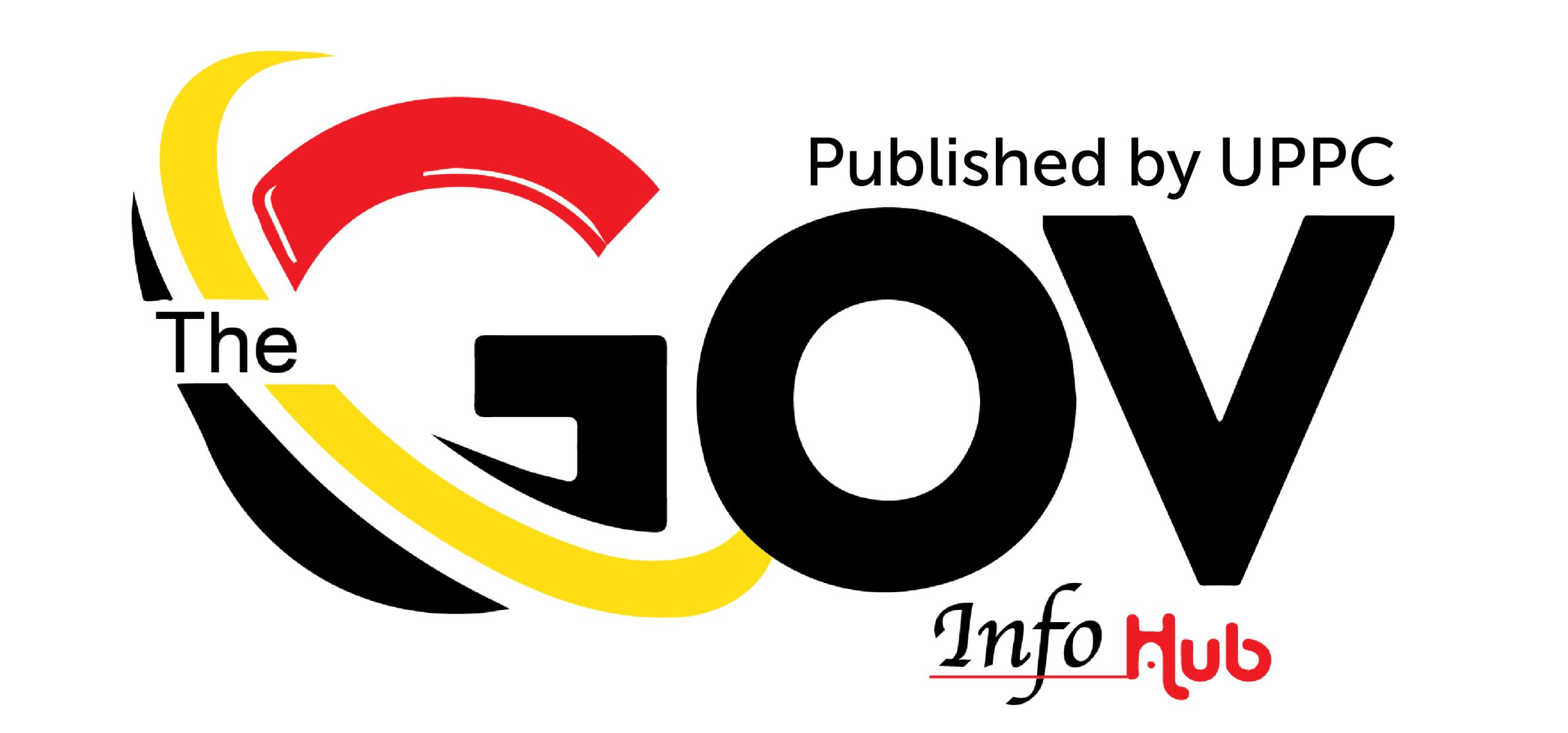By Boy Fidel Leon
The ruling National Resistance Movement (NRM) has unveiled its manifesto for the 2026–2031 term, outlining President Yoweri Museveni’s vision for Uganda’s next phase of transformation.
Titled “Protecting the Gains as We Make a Qualitative Leap into High Middle-Income Status,” the document positions the coming five years as a decisive period to accelerate economic growth, deepen industrialisation, and consolidate the stability achieved under NRM rule.
The manifesto’s central ambition is to propel Uganda toward high middle-income status by significantly expanding production, exports, and technology-driven sectors. It envisions an economy valued at up to $500 billion in the long term, building on what it describes as four decades of steady progress in peace, infrastructure, and social services.
According to the NRM, Uganda’s economic fundamentals remain strong, with steady GDP growth and ongoing recovery in key sectors like agriculture, manufacturing, and energy. However, the document stresses the need to shift from exporting raw materials to producing finished goods that can fetch higher value on global markets.
One example highlighted is coffee: while Uganda earned $2.2 billion from exporting raw beans last year, the manifesto argues that the same volume could have generated up to $14 billion if fully processed and branded locally.
To address this “haemorrhage” of potential income, the manifesto prioritises value addition across agriculture, minerals, and oil and gas. It pledges more investment in agro-processing zones, industrial parks, and small-scale factories to create jobs and retain wealth within Uganda.
It also cites emerging industries like Kiira Motors (electric vehicles) and Dei Biopharma (pharmaceutical manufacturing) as examples of a growing knowledge-based economy. The NRM promises to expand support for innovation hubs and research partnerships to boost Uganda’s global competitiveness.
The Parish Development Model (PDM) remains the flagship wealth creation programme. The manifesto claims over four million households have already benefitted, particularly in livestock, cash crops, and small-scale enterprises. The NRM frames the PDM as the key pathway to lifting the remaining 33% of households still engaged in subsistence farming into the money economy.
Infrastructure development takes a prominent place in the new plan. The manifesto lists completed, ongoing, and upcoming projects, including major roads, bridges, and railways.
The completion of the Standard Gauge Railway to Malaba is described as a “game changer,” expected to halve cargo transport costs and significantly cut transit time from Mombasa to Kampala. The revival of Uganda Airlines is also cited as a strategic success, having increased its regional market share and reduced airfares.
The government also commits to expanding electricity generation, promoting digital infrastructure, and improving rural connectivity to support both industrial and service sector growth.
On the social front, the NRM promises to “protect the gains” in education and healthcare. One of its key pledges is to fully implement free education at all government schools — from primary to tertiary levels — to eliminate unofficial fees that have burdened parents.
In health, the manifesto prioritises the digital tracking of government drugs to combat theft and the completion of major medical facilities, including Lubowa International Specialised Hospital. The government also aims to strengthen local pharmaceutical production to reduce dependence on imports.
Beyond Uganda’s borders, the manifesto places Pan-Africanism and regional integration at the centre of its long-term strategy. It argues that fragmented African markets limit economic potential and calls for renewed efforts by the East African Political Federation to create a single economic and security bloc.
The NRM frames this as both an economic necessity and a safeguard in an increasingly complex global landscape.
Ultimately, the 2026–2031 manifesto presents itself as a promise of continuity — to “protect the gains” of the past and lead Uganda into a new phase of prosperity. It portrays the NRM as the only movement with the historical vision and experience to deliver sustained progress.
However, as observers often note, manifestos are easier to write than to implement. Whether Ugandans will buy into this ambitious vision depends on how convincingly the government can translate pledges into tangible results over the next five years.


